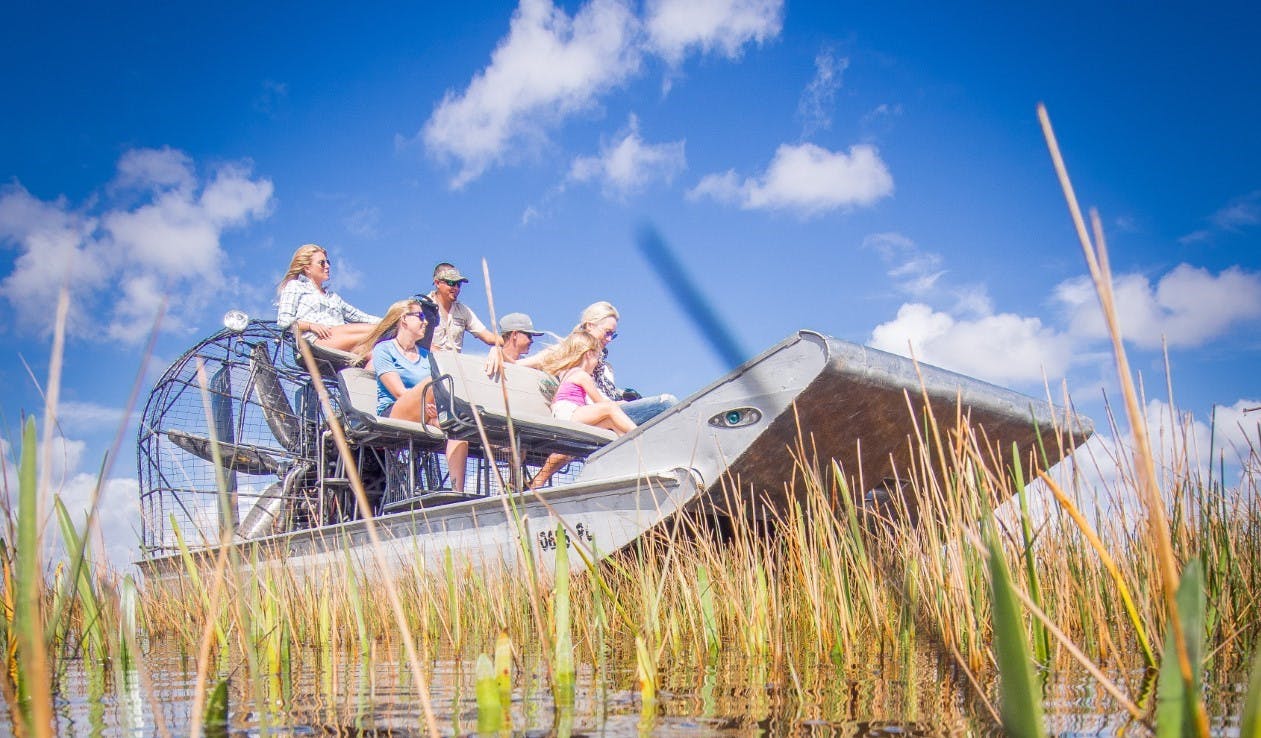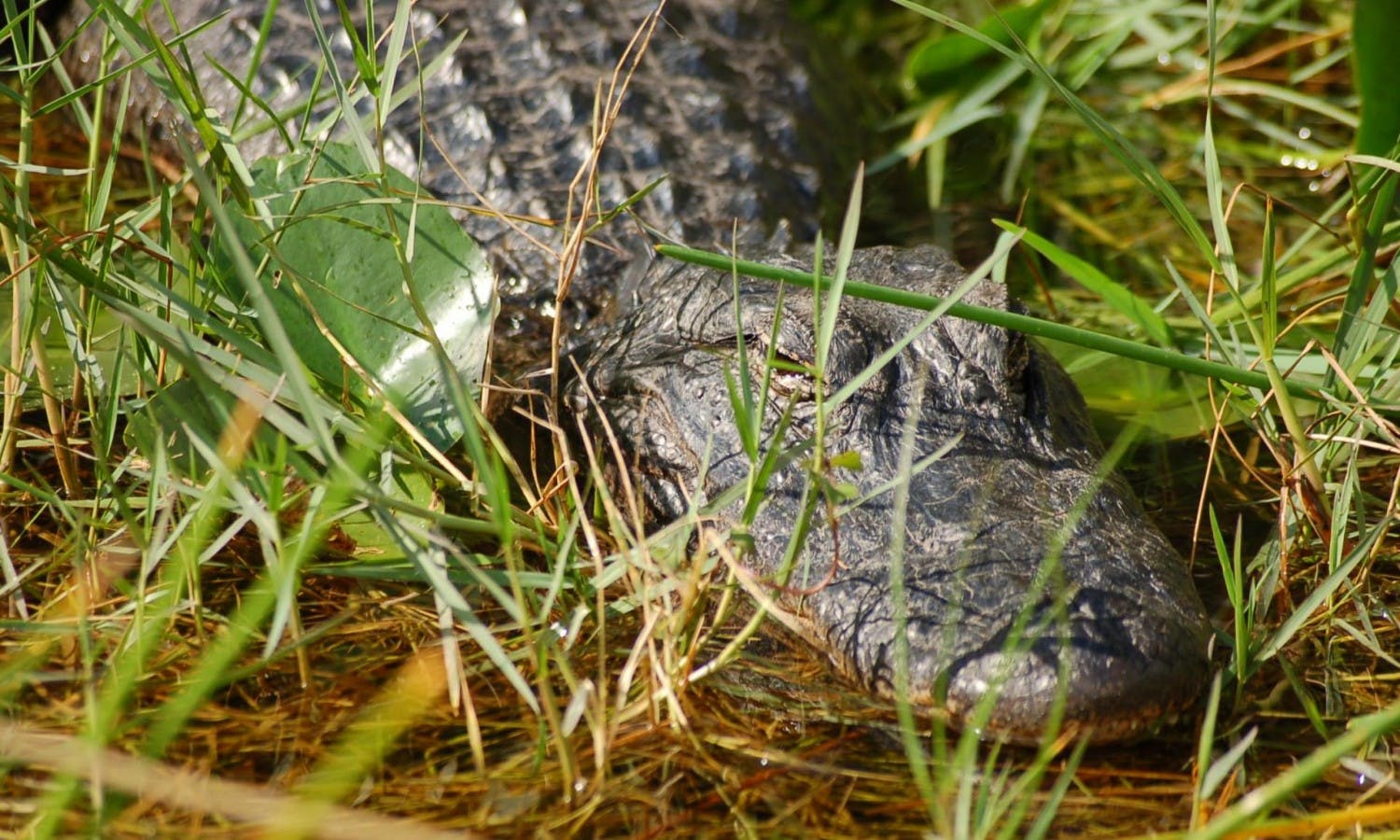Introduction to the Florida Everglades
The Florida Everglades, often hailed as the ‘River of Grass,’ represents one of the most distinctive and biologically diverse ecosystems within the United States. Extending over an expansive area of more than 1.5 million acres, the Everglades encompass a complex mesh of wetlands that sustain a plethora of plant and animal species. This biodiverse region plays a critical role as both a sanctuary for numerous species and a vital component of Florida’s environmental landscape.
Characterized by its unique hydrology, the Everglades’ water flow is integral to its ecosystem function. The slow-moving waters meander through sawgrass marshes, creating a mosaic of habitats that support a wide range of wildlife. These habitats include freshwater sloughs, mangrove forests, marl prairies, and hardwood hammocks, each supporting distinct communities of flora and fauna. The Everglades are particularly known for their birdlife, hosting species such as the endangered Snail Kite and the Roseate Spoonbill.
Historically, the Everglades have faced numerous challenges. In the early 20th century, efforts to drain the wetlands for agricultural and urban development markedly altered the natural landscape. The reduced water flow and habitat destruction had devastating impacts on the indigenous species and the overall health of the ecosystem. Recognizing its vital environmental and ecological roles, concerted conservation efforts have been initiated to restore and preserve the Everglades. These initiatives aim to reestablish natural water flows, protect native species, and mitigate the effects of pollution and invasive species.
Today, the Everglades stand at a critical juncture. Conservation programs such as the Comprehensive Everglades Restoration Plan CERP represent significant strides toward reversing past damages and ensuring the preservation of this unique ecosystem for future generations. By highlighting its importance and ongoing conservation efforts, the Everglades’ story serves as a poignant reminder of the intricate balance required to maintain such unparalleled natural treasures.
Native Snake Species of the Everglades
The Florida Everglades, a vast and intricate ecosystem, is home to a wide array of native snake species. Among the most commonly encountered is the Cottonmouth Agkistrodon piscivorus), also known as the Water Moccasin. This semi-aquatic snake is easily identifiable by its thick, muscular body and distinctive, triangular-shaped head. The Cottonmouth’s diet primarily consists of fish and amphibians, and it plays a pivotal role in controlling the populations of these prey species.
Equally significant is the Eastern Diamondback Rattlesnake Crotalus adamanteus), renowned for being the largest rattlesnake species in North America. It is characterized by its pronounced diamond-shaped patterns along its back and a rattle at the end of its tail, which serves as a warning to potential predators and humans. The Eastern Diamondback preys on small mammals such as rats and rabbits, thus maintaining a crucial balance within the Everglades’ food web.
On the more elusive side, the Florida Pinesnake Pituophis melanoleucus mugitus often evades detection due to its burrowing habits. This non-venomous species displays a patterned skin ranging from brown to grayish tones which aids in its camouflage. Primarily, the Florida Pinesnake feeds on small rodents and other burrowing animals, thereby contributing to the control of these populations and aiding in soil aeration through its digging activities.
The presence of these native snakes is intrinsically linked to the health and stability of the Everglades ecosystem. Through symbiotic relationships, snakes like the Eastern Indigo Snake Drymarchon couperi have been observed engaging in mutualistic behaviors, such as inhabiting gopher tortoise burrows, which provide shelter and protection. In return, these snakes help regulate prey populations that might otherwise become overabundant and disrupt the ecological balance.
Understanding and preserving these native snake species is essential for maintaining the intricate and diverse ecosystem of the Florida Everglades. Their roles as predators, prey, and ecosystem engineers underscore their importance in achieving and sustaining ecological equilibrium.
Invasive Species: The Impact of Burmese Pythons
The Burmese Pythons’ introduction to the Florida Everglades, primarily through the exotic pet trade in the 1980s and 1990s, has profoundly affected this unique ecosystem. These large constrictors, native to Southeast Asia, initially appeared in the Everglades as released or escaped pets. Over time, the pythons adapted to and thrived in the diverse wetland environment, leading to a population explosion.
One of the most significant consequences of the Burmese Pythons’ invasion is their predatory impact on native wildlife. They pose a severe threat to the Everglades’ natural balance by preying on various mammal and bird species. Studies have shown dramatic declines in populations of raccoons, opossums, bobcats, and several species of wading birds, which have few defenses against these large predators.
The ecological disruption caused by these invasive snakes extends beyond direct predation. The decline in certain mammals, which play crucial roles in seed dispersal and controlling insect populations, has cascading effects throughout the ecosystem. With fewer natural competitors and predators, the Burmese Pythons contribute to an increasingly unbalanced habitat, making it difficult for native species to survive and thrive.
In response to this growing problem, various measures have been implemented to control the Burmese Python population and mitigate their impact. Hunting programs, such as the Florida Python Challenge, encourage the public to participate in removal efforts. Additionally, research initiatives focus on understanding the pythons’ behavior, breeding patterns, and most effective capture methods.
Innovative strategies, including the use of radio telemetry to track and remove pythons and the development of pheromone traps, are continually being explored. These efforts, combined with an increased public awareness campaign, aim to curb the population growth of Burmese Pythons and protect the Everglades’ fragile ecosystem.
Conservation Efforts and Future Directions
Efforts to conserve the rich and diverse ecosystem of the Florida Everglades, specifically its snake population, are multifaceted and involve a combination of government initiatives, collaborative projects, and community engagement programs. Government bodies, such as the U.S. Fish and Wildlife Service and the Florida Fish and Wildlife Conservation Commission, play pivotal roles in these conservation measures. These organizations work tirelessly to implement laws and regulations that protect endangered species and their habitats.
One successful case study worth mentioning is the Python Elimination Program, which has significantly reduced the population of invasive Burmese pythons in the Everglades. This initiative not only involves government funding but also fosters collaboration with local hunters and conservation groups. The program has garnered international attention and serves as a model for future conservation efforts aimed at controlling invasive species.
In addition to government-led initiatives, numerous conservation organizations, such as The Nature Conservancy and the Everglades Foundation, significantly contribute to the preservation efforts. These organizations often collaborate with academic institutions on ongoing research projects. Such research is crucial for developing strategies to manage and protect the diverse species within the Everglades. For instance, studies focusing on the habitat requirements of native snakes provide valuable data that inform better management practices.
Community engagement programs are also integral to conservation efforts in the Everglades. Initiatives such as “Adopt a Swamp” and volunteer-led clean-up activities involve local communities directly in preservation actions. These programs not only achieve immediate environmental benefits but also foster a sense of stewardship among participants, which is essential for the long-term sustainability of conservation efforts.
Public education and awareness play a critical role in preserving the Everglades ecosystem. Educational campaigns that inform the public about the importance of the Everglades and its native species, including snakes, can significantly enhance community involvement and support. Schools, local media, and social platforms are effective channels for disseminating this information. By raising awareness, individuals are better equipped to contribute to conservation efforts, whether through direct action or by supporting policies aimed at protecting this vital ecosystem.





